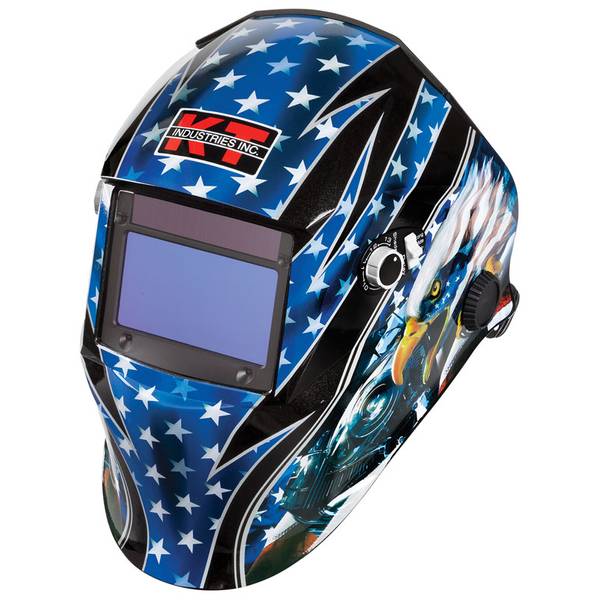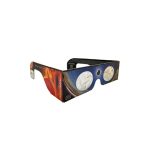Introduction to Welding Helmets
Welding helmets are essential safety gear for anyone involved in welding and metalworking. They protect the eyes, face, and neck from harmful rays, sparks, and molten metal produced during welding processes. Without proper protection, welders risk serious injuries, including burns and vision loss.
Welding helmets have evolved significantly over the years, incorporating improved technology and materials. Modern helmets not only provide adequate protection but also enhance the comfort and convenience of welding. This article will explore the types of welding helmets, their features, the importance of proper selection, maintenance tips, and emerging trends in welding helmet technology.
Types of Welding Helmets
Fixed Shade Helmets
Fixed shade helmets are the traditional form of welding helmets. They feature a dark lens that provides consistent protection against ultraviolet (UV) and infrared (IR) radiation. The lens shade level is determined by the type of welding being performed, with different shades available for specific welding processes. Common fixed shade options include #10 to #14 lenses, depending on the brightness of the arc.
These helmets offer reliable protection, but they require the welder to flip the helmet up when viewing the welding area outside of active welding. While they serve their purpose effectively, fixed shade helmets can be less adaptable to varying light conditions. This limitation can affect productivity in certain situations. For welders working primarily in one specific setting, fixed shade helmets can be a practical and cost-effective choice.
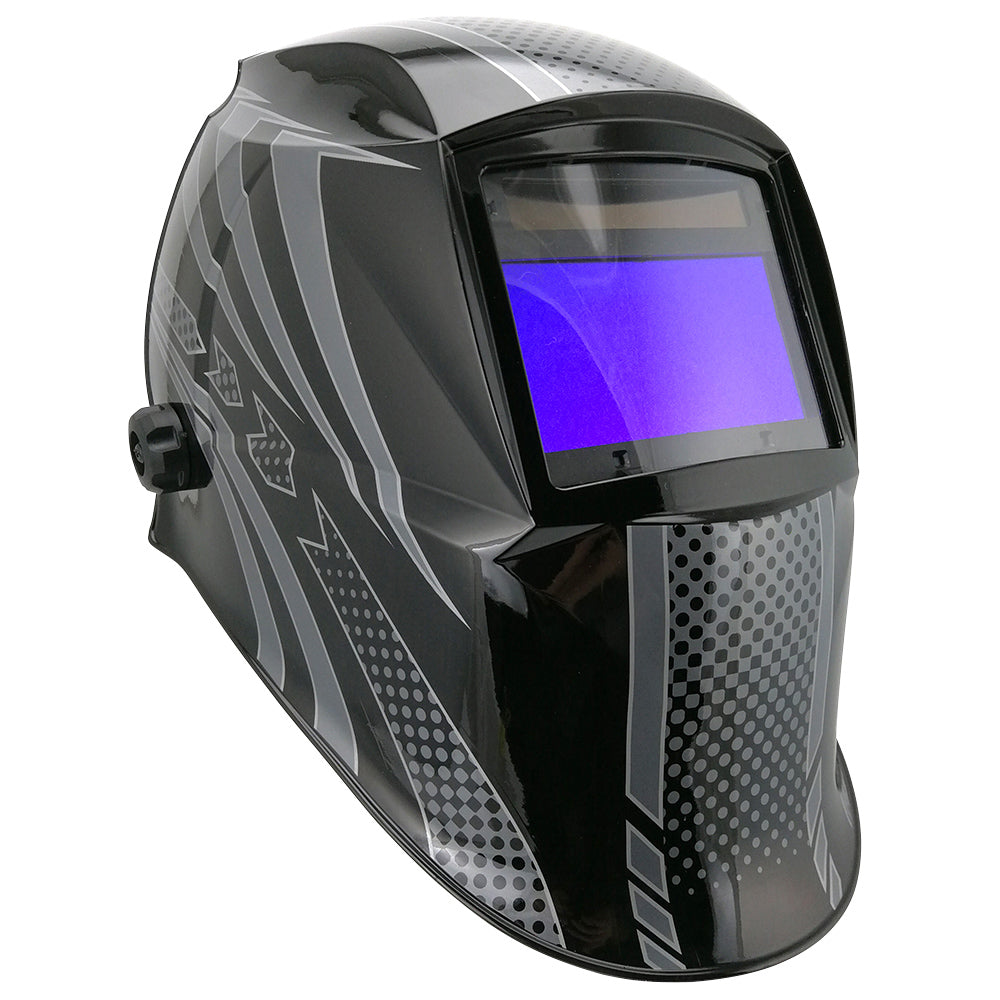
Auto-Darkening Helmets
Auto-darkening helmets represent a significant advancement in welding safety gear. Equipped with sensors, these helmets automatically darken when an arc is detected. This feature allows welders to keep their helmets down while working, providing uninterrupted protection against harmful rays.
Auto-darkening helmets are adjustable, allowing users to customize the shade level according to their welding needs. This adaptability is particularly useful for welders who frequently switch between different welding techniques. The convenience offered by auto-darkening helmets translates to increased efficiency and safety. Although they tend to be more expensive than fixed shade helmets, many professionals find the investment worthwhile due to their enhanced functionality and versatility.
Key Features of Welding Helmets
Lens Quality
The quality of the lens in a welding helmet is critical for ensuring optimal visibility and protection. Quality lenses can significantly reduce eye strain and improve clarity while welding. Lenses should meet industry standards for impact resistance, UV protection, and glare reduction. High-quality lenses also provide a clear view of the work area, helping welders maintain accuracy.
Welders should look for helmets with features such as anti-fog coatings and scratch-resistant surfaces. These enhancements contribute to better visibility, even in challenging environments. Investing in a helmet with superior lens quality ultimately promotes safety and effectiveness during welding tasks.
Comfort and Fit
Comfort is another essential factor when choosing a welding helmet, as welders often wear them for extended periods. A well-fitted helmet should offer adequate padding and adjustable straps to accommodate different head sizes and shapes. This ensures that the helmet remains securely in place without causing discomfort or fatigue.
Some helmets also come with lightweight materials and breathable designs, further improving wearability. Ensuring that the helmet fits well reduces distractions during work, allowing welders to focus on their tasks. A comfortable helmet enhances both performance and safety in the welding environment.
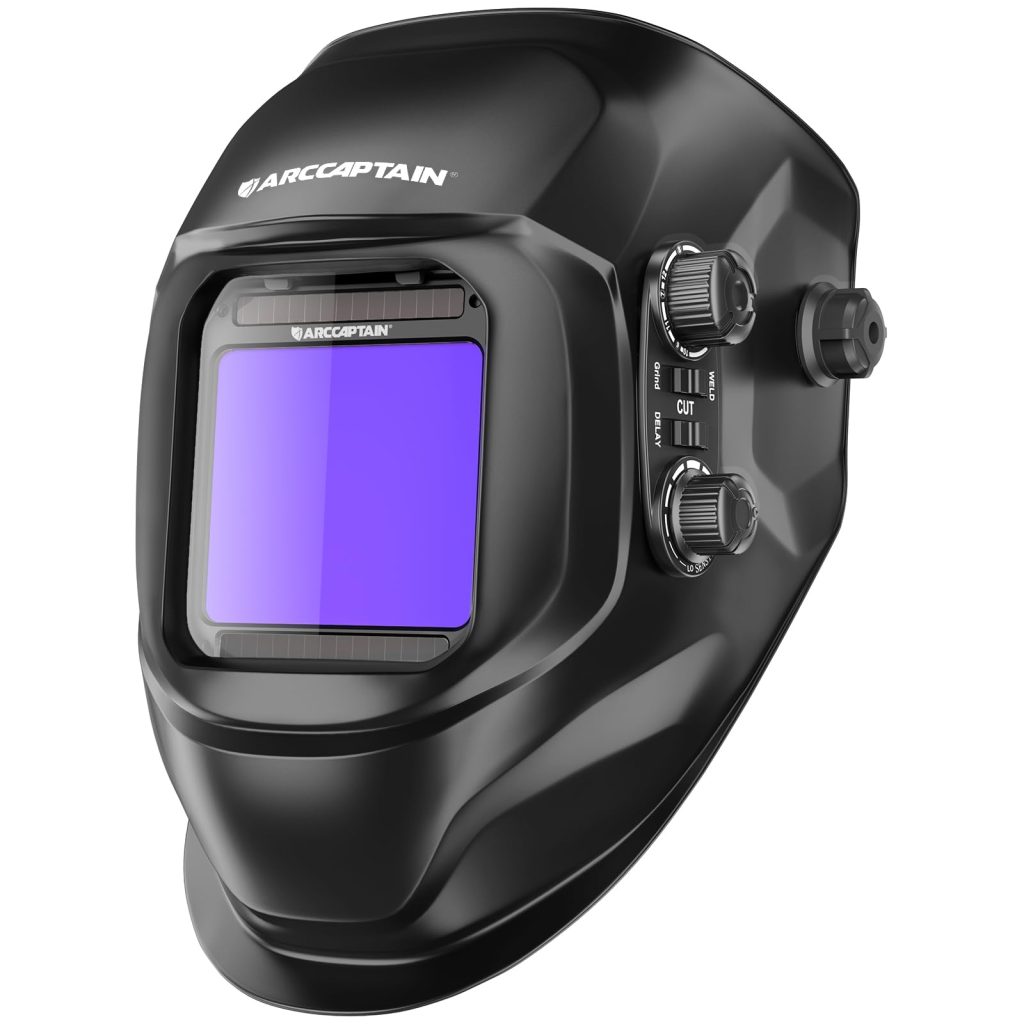
Selecting the Right Welding Helmet
Understanding Your Welding Needs
When choosing a welding helmet, it is essential to understand the specific needs of the welding tasks involved. Different welding processes, such as MIG, TIG, or stick welding, may require distinct helmet features and lens shades. For example, TIG welding creates a lighter arc, so a helmet with a lighter lens shade is often necessary to see the work clearly.
Furthermore, the work environment impacts the choice of helmet. Outdoor settings may require helmets with additional features, such as increased UV protection or reflective surfaces to reduce glare. By understanding these factors, welders can select a helmet tailored to their unique situations and requirements.
Budget Considerations
Welding helmets come at various price ranges. While high-end helmets with advanced features offer numerous benefits, it is essential to find a helmet that fits within your budget without sacrificing safety and quality. Entry-level helmets can offer adequate protection for novice welders or those using helmets intermittently.
For professionals or frequent welders, investing in a mid-range or high-end auto-darkening helmet may be more beneficial in the long run. Evaluating the balance between budget and the necessary features can lead to informed decision-making and cost-effective purchases.
Maintenance and Care of Welding Helmets
Regular Cleaning
Keeping welding helmets clean is crucial for maintaining functionality and extending their lifespan. Regular cleaning helps prevent the buildup of dirt, grease, and debris, which can impair visibility and safety during welding operations. After each welding session, take the time to wipe down the lens and exterior surfaces using a soft cloth or suitable cleaning solution.
Avoid using abrasive materials that could scratch the lens or helmet surface. Pay special attention to the interior padding, ensuring it remains clean and free from sweat and oils. Taking these simple steps contributes significantly to the ongoing effectiveness and comfort of the welding helmet.
Inspecting for Damage
Regular inspections of welding helmets for damage are essential for ensuring user safety. Check the lens for cracks or scratches that could obstruct vision. Assess the helmet’s exterior for signs of wear, including frayed straps or damaged padding. If any issues are noticed, it’s crucial to address them promptly to uphold safety standards.
Some helmets have replaceable parts, so purchasing replacements instead of completely new helmets may be a cost-effective solution. It’s also advisable to familiarize yourself with the warranty information that comes with the helmet so that you can efficiently handle any necessary repairs or replacements. Prioritizing maintenance and inspections can help ensure that the helmet remains effective and safe for use.
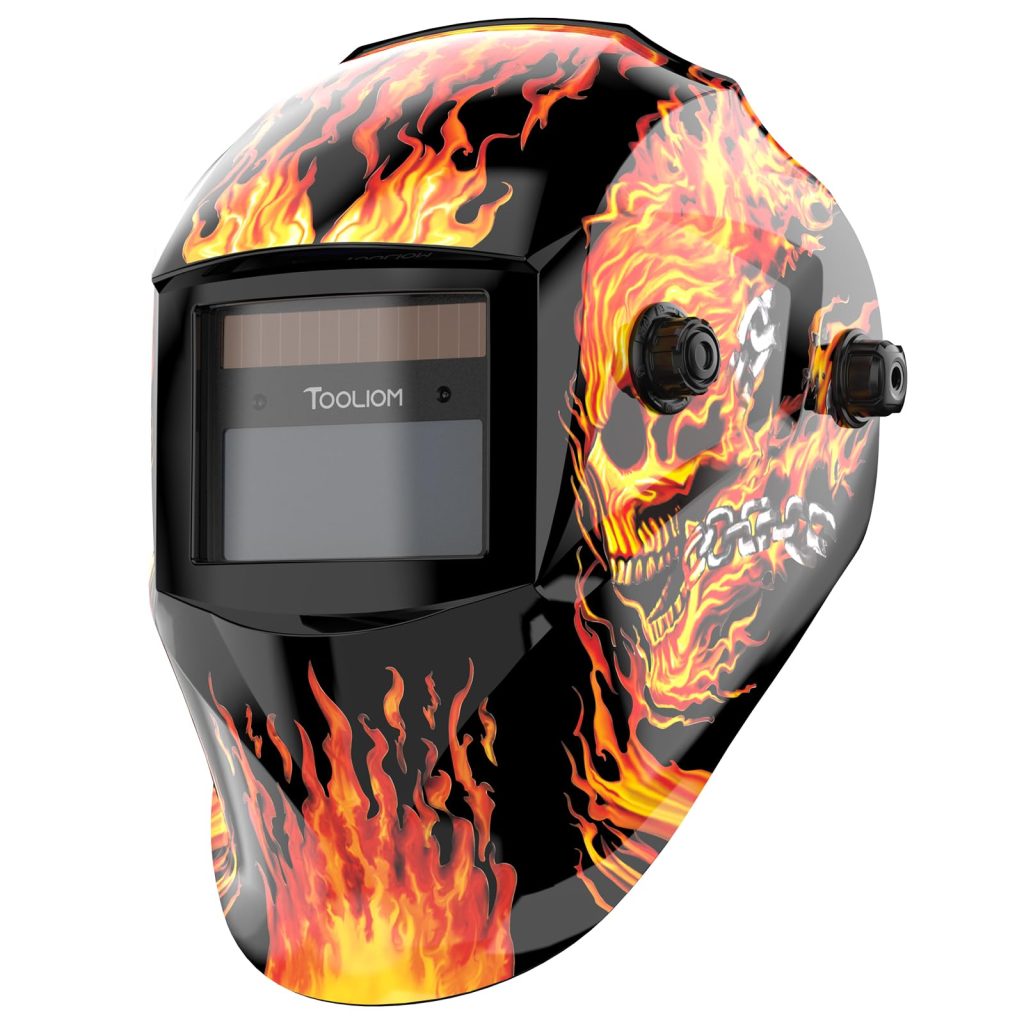
Emerging Trends in Welding Helmet Technology
Smart Helmets
Emerging technology is paving the way for advanced welding helmets. Smart helmets, equipped with integrated technology, are gaining traction in the industry. These helmets may feature augmented reality displays, allowing welders to access real-time information, such as settings and safety alerts, while working. By incorporating technology, these helmets enhance efficiency, safety, and accuracy on the job.
Smart helmets are being developed to improve communication between team members in complex welding environments. Advanced features like voice commands, audio feedback, and built-in cameras are becoming essential in modern welding operations. As technology in welding helmets continues to evolve, users can expect a wider range of functionalities that will transform traditional welding practices.
Sustainability and Eco-Friendly Designs
Another emerging trend in welding helmet technology is a focus on sustainability and eco-friendly materials. Manufacturers are increasingly utilizing recyclable and environmentally friendly materials in helmet production. This shift aligns with the broader movement towards sustainability in various industries, including manufacturing and construction.
Helmets made from eco-friendly plastics or biodegradable components not only reduce environmental impact but can also appeal to conscious consumers. Companies that prioritize sustainable practices may find a competitive advantage as more welders seek out environmentally responsible products. This alignment with eco-friendly principles contributes positively to reputation and brand loyalty within the welding community.
Conclusion: The Critical Role of Welding Helmets
In conclusion, welding helmets are vital safety equipment for welders, providing essential protection against hazards faced during welding tasks. By understanding the various types, features, and benefits of welding helmets, welders can make informed choices that safeguard their health and enhance their performance. Whether opting for fixed shade helmets or advanced auto-darkening designs, the right helmet is crucial in preventing injuries while promoting productivity.
Regular maintenance and care of helmets can significantly extend their lifespan and effectiveness. As technology continues to advance, emerging trends in smart helmets and eco-friendly designs will influence the future of welding safety equipment. Staying informed about these innovations will empower welders to select helmets that meet their needs and preferences.
Ultimately, prioritizing safety through the appropriate use of welding helmets contributes to a safer work environment. Protecting oneself with high-quality, reliable equipment ensures that welders can focus on honing their skills and producing exceptional work. Investing in the right welding helmet is a crucial step in achieving success and safety in the world of welding.
